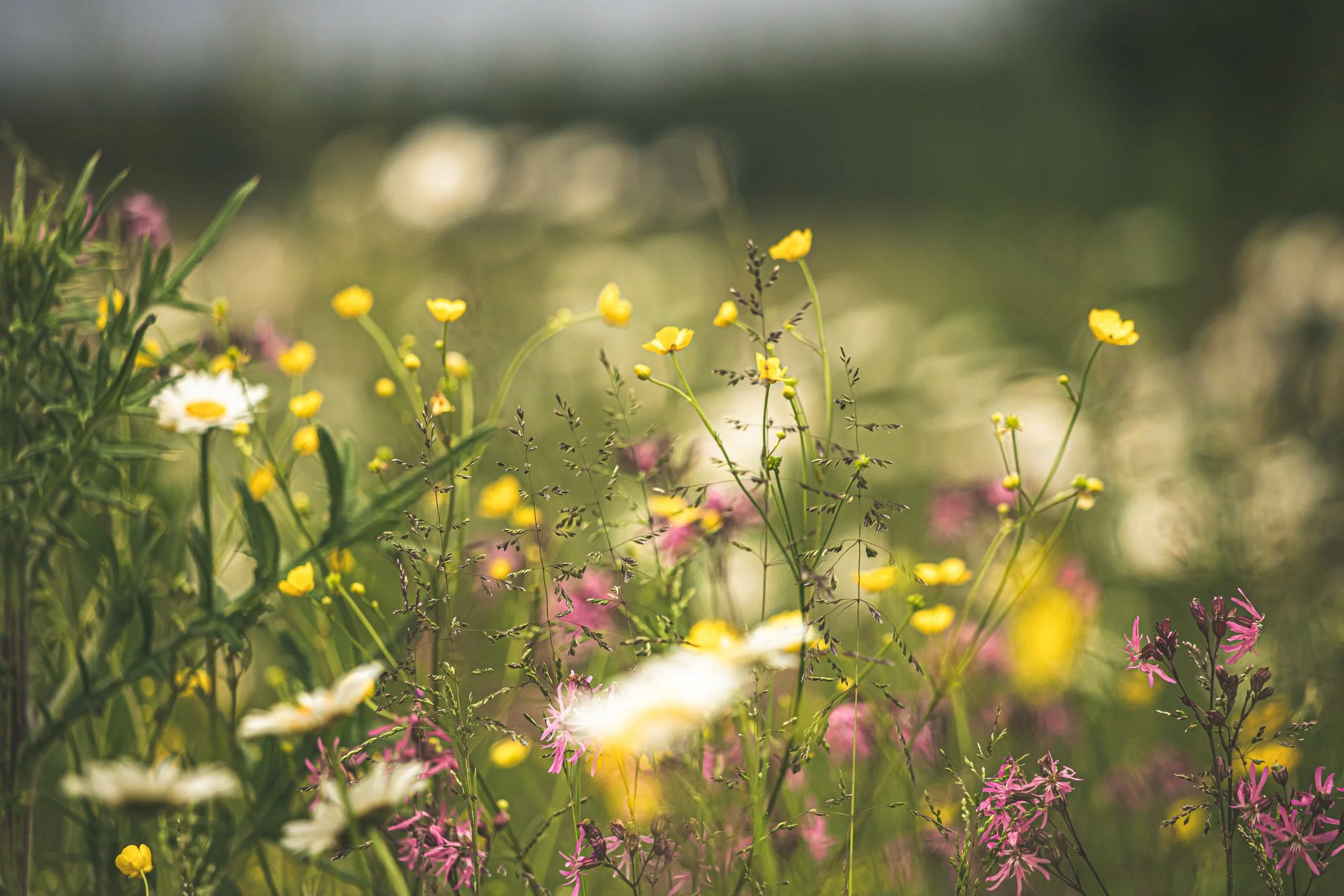Got climate related anxiety?
I get it.
Climate anxiety will either shut you down and check you out (which helps no one) or it can galvanize your into action.
My inclination is always to get into action as a way to cope and live in a place of hope rather than despair.
After reading a succession of hopeful, inspiring books on nature, regeneration, and what we can do from our homes to re-wild and rebuild biodiversity, I started seeing the natural world around our home in a whole new light.
I feel compelled to share what I’ve learned with you!
First I’ll lean into the dire circumstances in which we find ourselves, and then I’ll share the good news of what we can do as a collective to become the earth stewards the planet needs.
And yes, I’ll give you all the info on these books I’ve been nerding out on!
As yogins, we know there’s no denying the direct relationship between human health and the Earth’s natural ecosystems.
And it’s not just our physical health. It’s our mental health.
When we make time to be in nature we feel alive, healed, inspired, and renewed.
And yet our immediate environment, our homes, and workspaces have become almost completely disconnected from nature and its wild habitats.
Over the last 100 years, urbanization has gobbled up intact, biodiverse land and fragmented it into homes and businesses surrounded by lawns and exotic ornamental plants and trees from other countries. We’ve lost millions of acres of habitat and farmland to urban and suburban sprawl, and that sprawl just keeps sprawling.
As lovely as it might be to bust out a downward dog or toss a ball with your kid on a lush green lawn, our modern obsession with perfectly manicured lawns has led to a carpet of green monoculture across the country on a mass scale.
This sterile terrain no longer supports functioning diverse ecosystems and places the remaining isolated natural areas into “islands” not large enough to sustain wildlife.
Can you even remember the last time you had any dead bug splats on your car’s windshield? That’s because with pesticide use and so little native habitat left - they’re just not around anymore.
Before European colonization of what is now the United States, the native, original plants growing were eaten by insects that evolved alongside them. Plants are not able to defend themselves from prey but plant intelligence solves this problem by creating chemicals that can kill those who eat them. Over centuries, insects adapted to be able to digest these chemicals in the plants in their surroundings. As a result, these herbivores are deeply dependent on specific plants (with whom they evolved alongside for centuries) for their survival.
For example, a monarch butterfly eats the nectar of the flowers you’ve planted, but its babies – the caterpillars – need to feed on Milkweed leaves. They can’t just go to another kind of plant to eat without being poisoned. (Hint: If you want a butterfly garden, plant flowers and various kinds of milkweed!)
Sadly, without a diversity of plant life, specifically native plants, the insects that evolved alongside these native plants can not survive. In turn, the local birds, amphibians, and other animals who depend on insects as their source of food perish, migrate elsewhere, or at worst, go extinct.
Suburban monocultural landscapes have become so normalized, it can actually be frowned upon to have a diversity of native plants, meadows, or thickets around your house because it looks messy or out of control.
And yet, it’s the sounds of insects and bird calls, the delight of a rare wildlife sighting, and the scent of different evergreens and flowers that gives us such a sense of peace. This will not be found on a lawn.
Unfortunately, many of the garden plants sold in nurseries are introduced species from other countries, not natives. They may be beautiful and exotic, but they break up the food web, and many have become invasive pests that have outcompeted native species and degraded habitats. To get an idea of the devastation possible, Google the tragedy of the American Chestnut Tree.
I realize I’ve painted a pretty depressing picture, but there’s so much hope now that we know what we could do - what we need to do.
If you’re lucky enough to steward a piece of land, even if it’s the small backyard of a townhome, here are some immediate actions you can take to help create ecological reclamation - and if you don’t, help influence someone who does!
Reduce or eliminate your lawn
If you have a lawn, consider converting part or all of it to native plants, shrubs, and/or trees. In its place, consider creating a meadow, a thicket-like border, or a wooded area that will provide shade and habitat. Think of your pathways and dog runs which are nice for grass as “area rugs” vs. wall-to-wall carpet.
Learn about native plant species in your region and plant them!
A good resource is the National Audubon Society’s database of native plants. Simply plug in your zip code, and a long list of native plant species comes up with links to local nurseries where you can purchase the plants.
Read these books on rewilding your garden (my inspiration for this article!)
Bringing Nature Home by Doug Tallamy
Nature’s Last Hope by Doug Tallamy
The Garden Awakening: Designs to Nurture Our Land and Ourselves by Mary Reynolds
